Hello Lyonsgate Montessori Families,
Well that was fun! Hope everyone survived the up and down winter weather over the last week. Next week’s looking to be another cold one so make sure everyone has all the warm gear.
We have lots of pictures this week to make up for not having any last week, and it was nice to see so many of you at the Parent Education evening on Thursday.
To continue the learning about Montessori, each of your children’s Montessori guides have highlighted a specific Montessori material this week and explained what it is and the role it plays in your children’s education and devlopment. Enjoy!
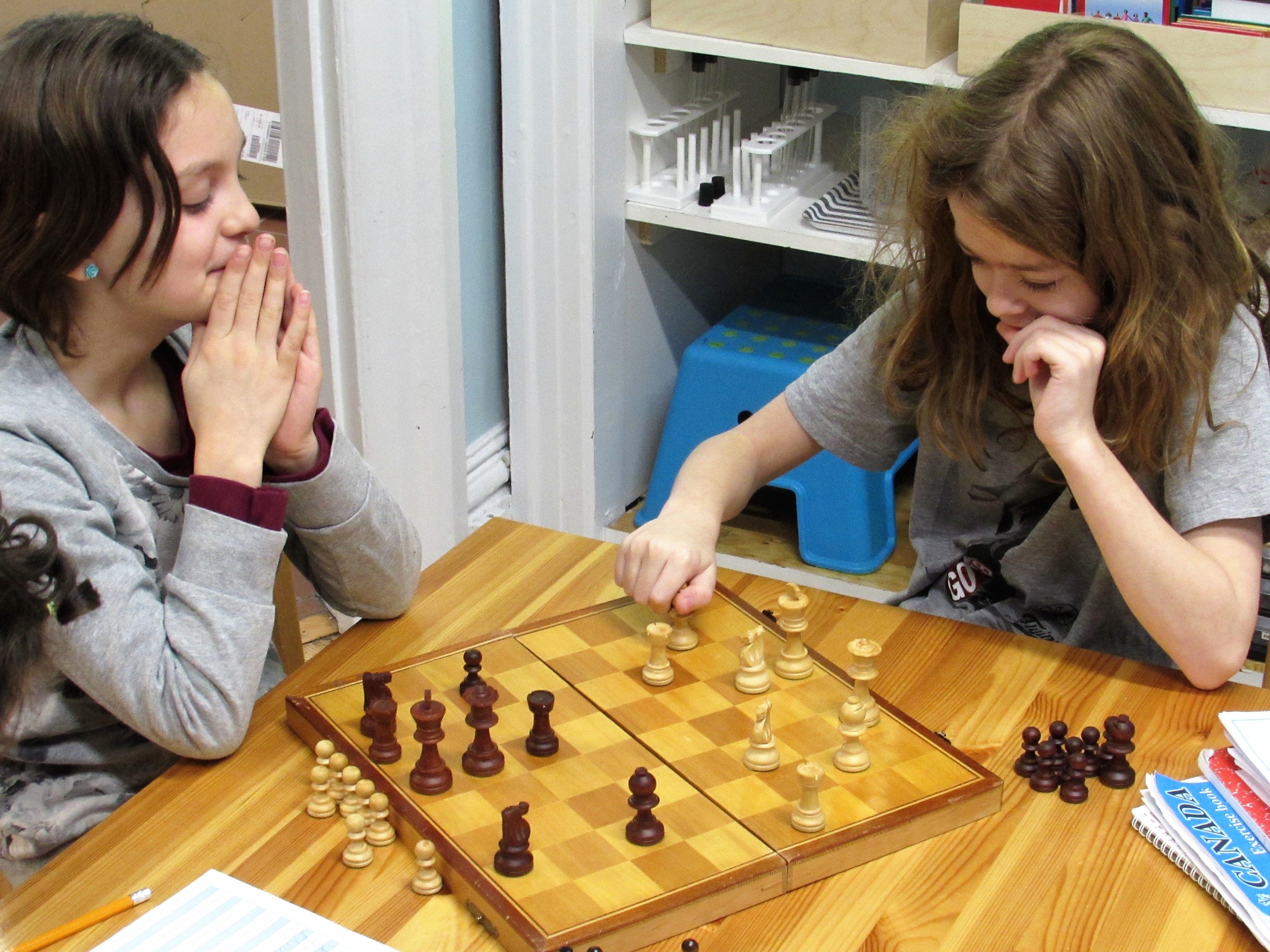
This Week:
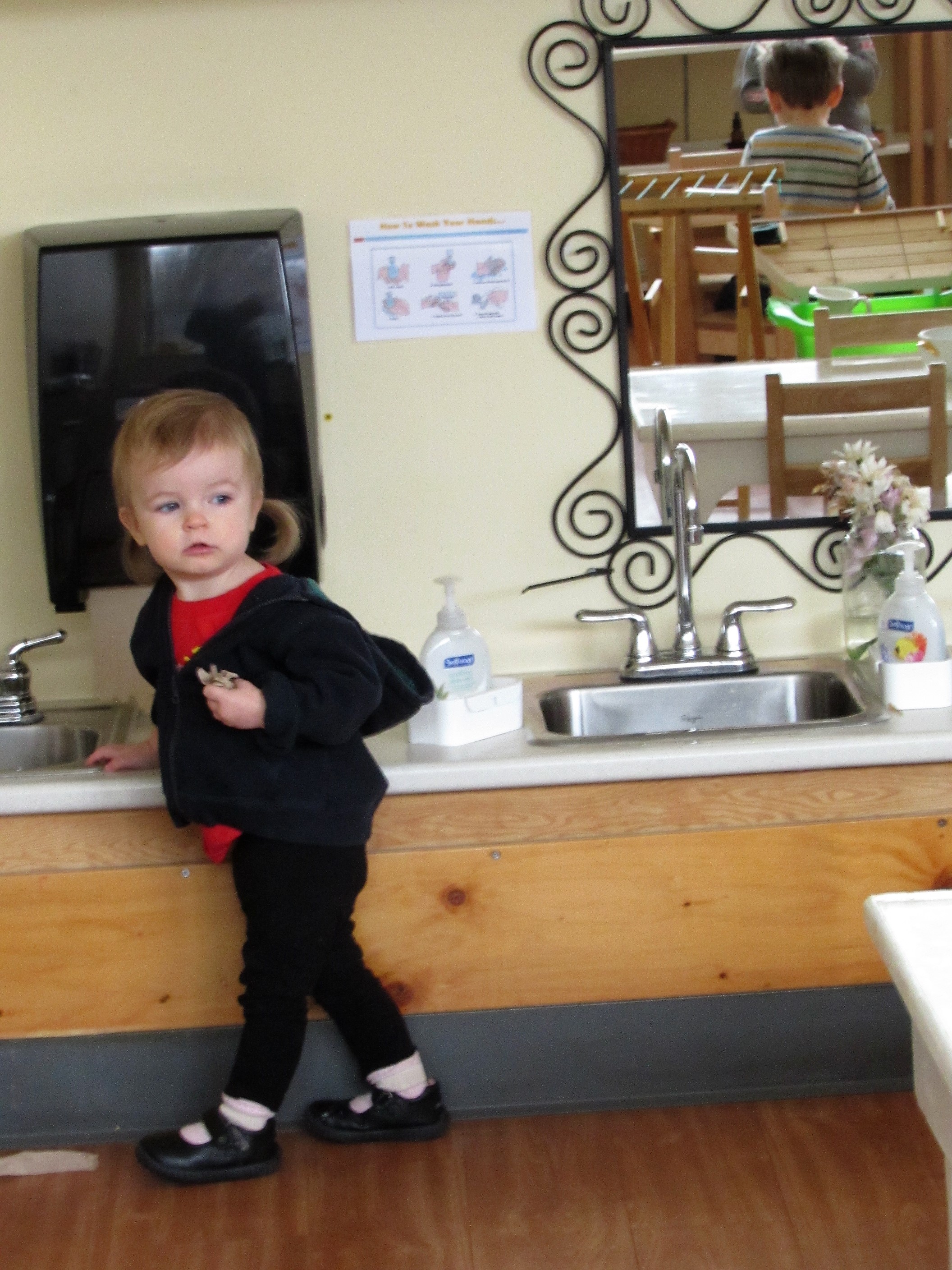
Toddler:
The Montessori classroom provides a prepared, language-enriched environment where the children are able to practice exploration of the world around them, care of self and care of the environment, as well as gross and fine motor development.
Dr. Montessori firmly believed that the child’s cognitive processes are assisted by combining movement with an organized task. One activity that facilitates those needs is Arranging Flowers, which satisfies the child’s innate desire to imitate the skills that they see adults perform around them. The activity follows a prescribed sequence which requires a great deal of attention and mental concentration. It also allows the child to exercise discrimination and judgment and development of their aesthetic sense.
The children often choose to bring their arrangements outside of the classroom. They always look proud of their work and are happy to be able to share it with others.
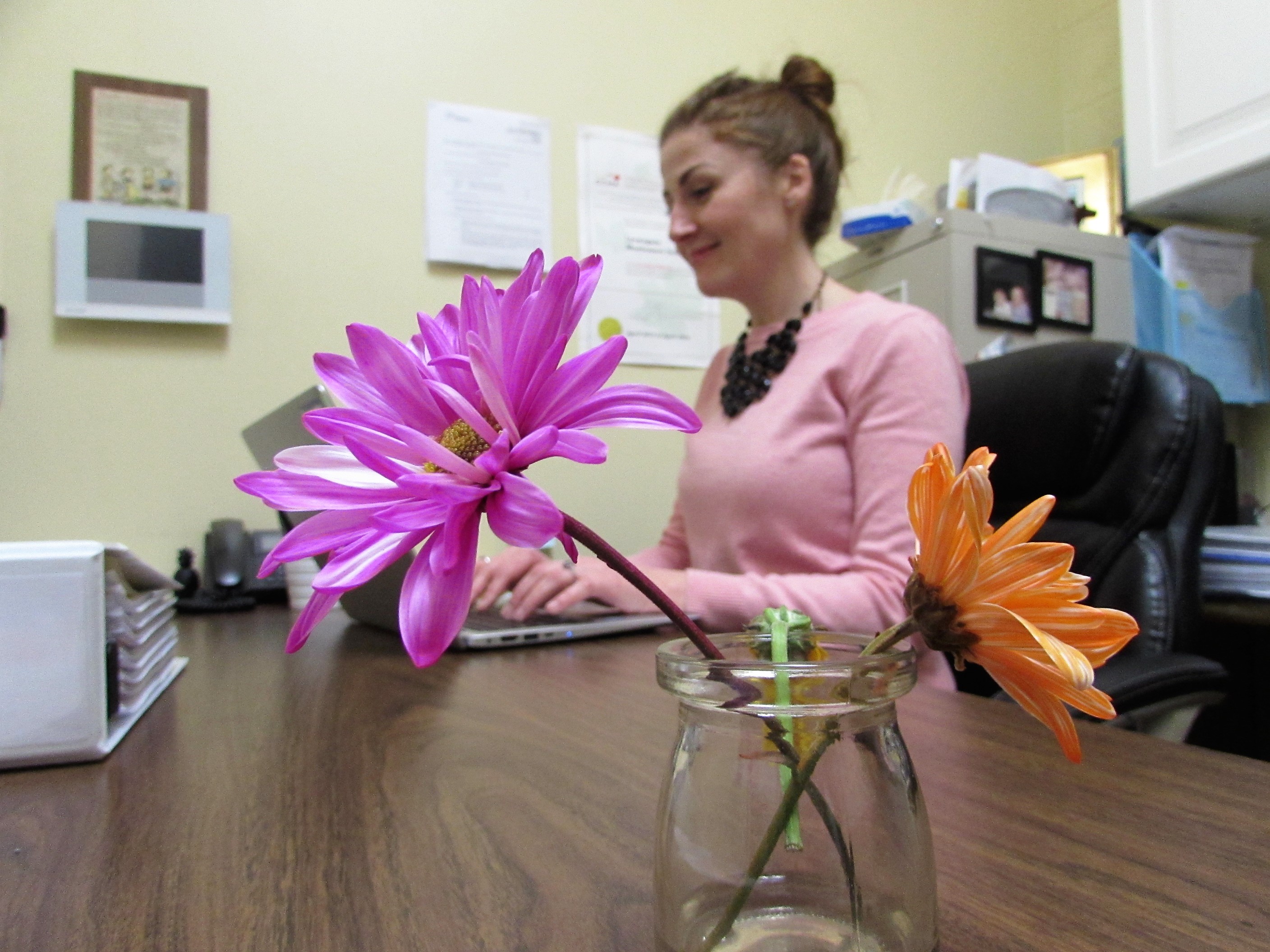
We thank you all for your weekly contribution of fresh cut flowers for the children to work with!
Reminder: Blankets are sent home every other Friday in order to be washed. Please ensure they are brought back to the school on the following Monday to ensure that your children have a restful sleep.
Don’t forget about the Toddler Show and Share next Thursday, 3:30-4:00, where you may get a chance to see this and other Montessori materials in action.
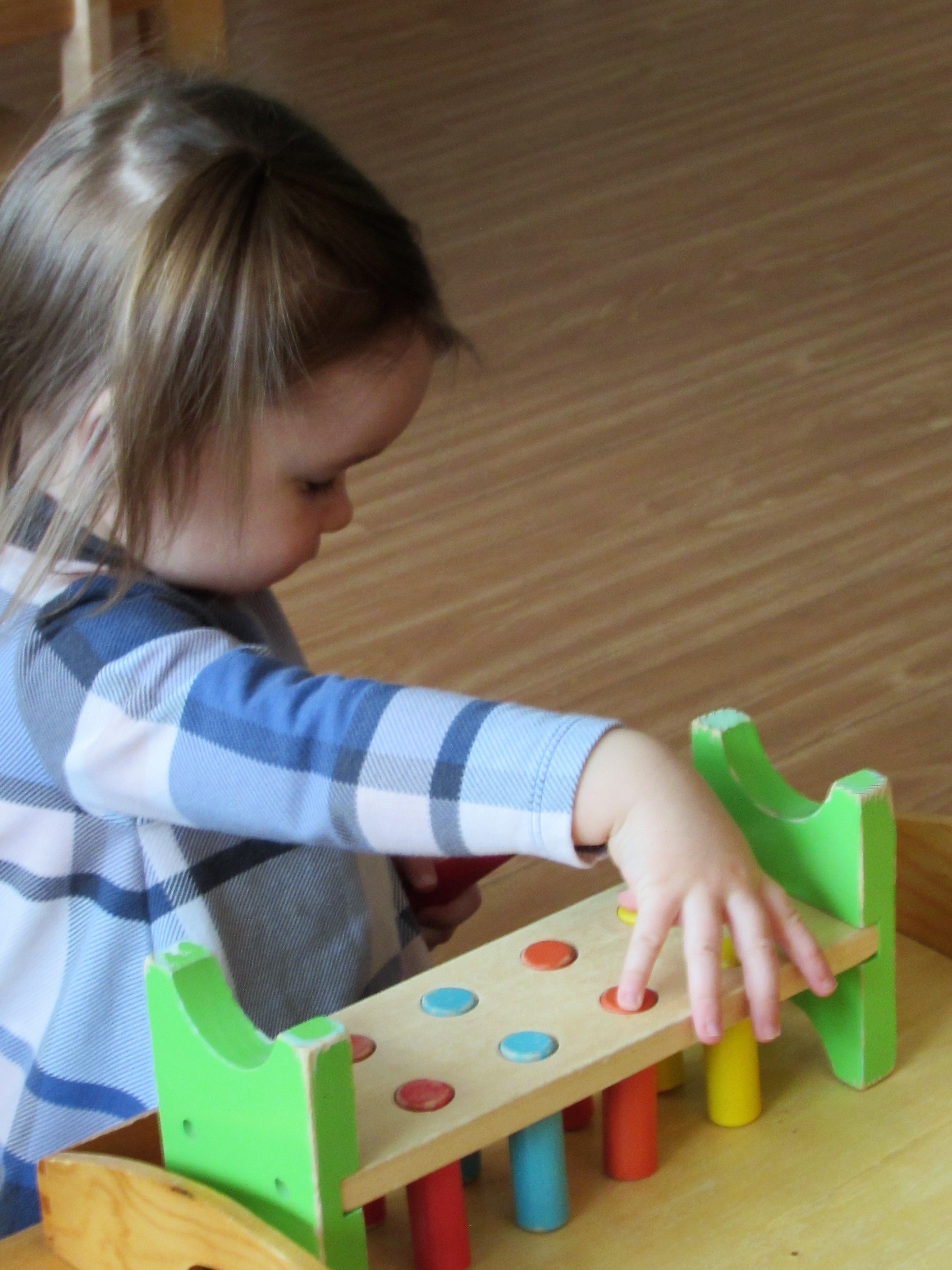
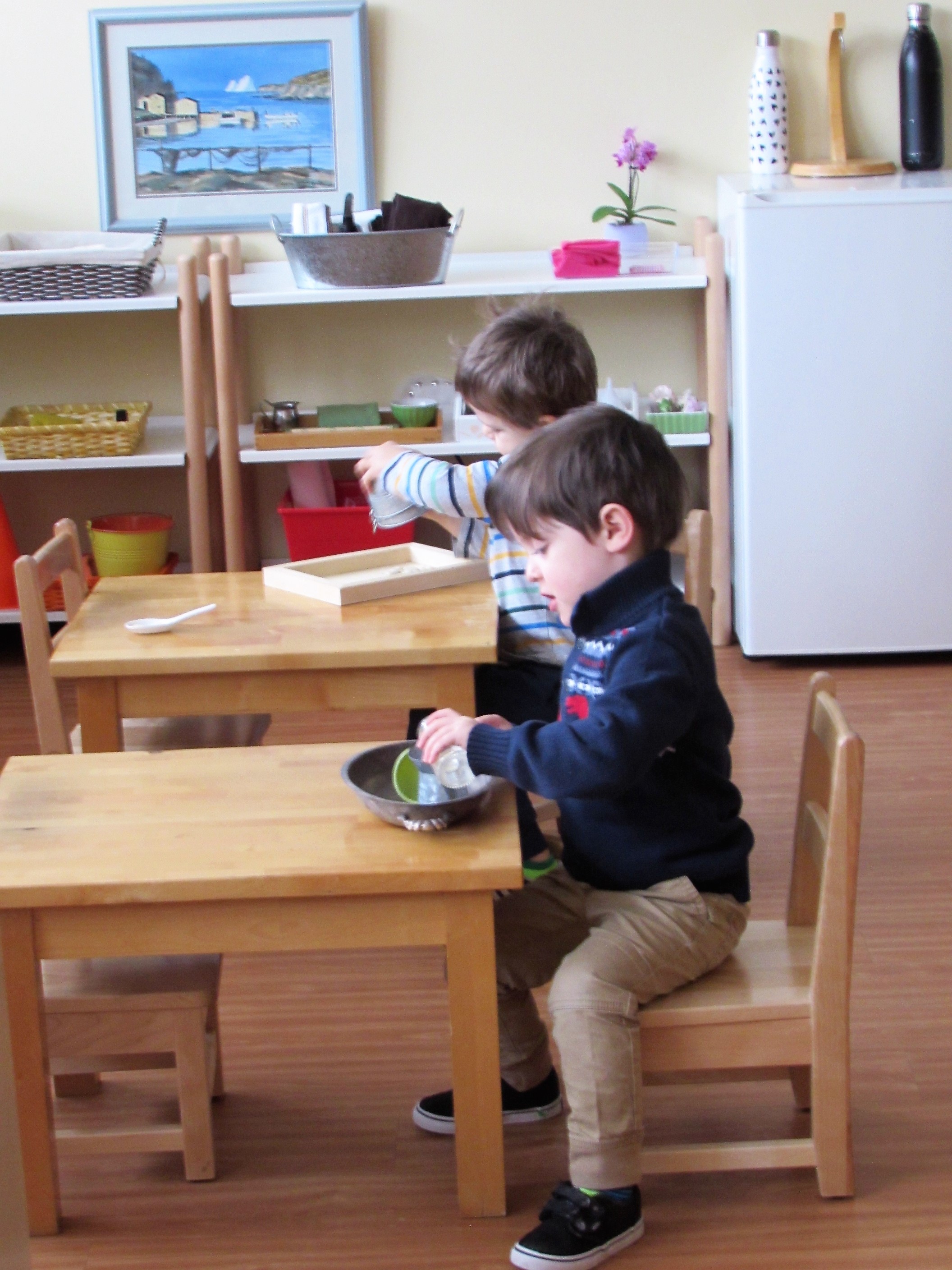
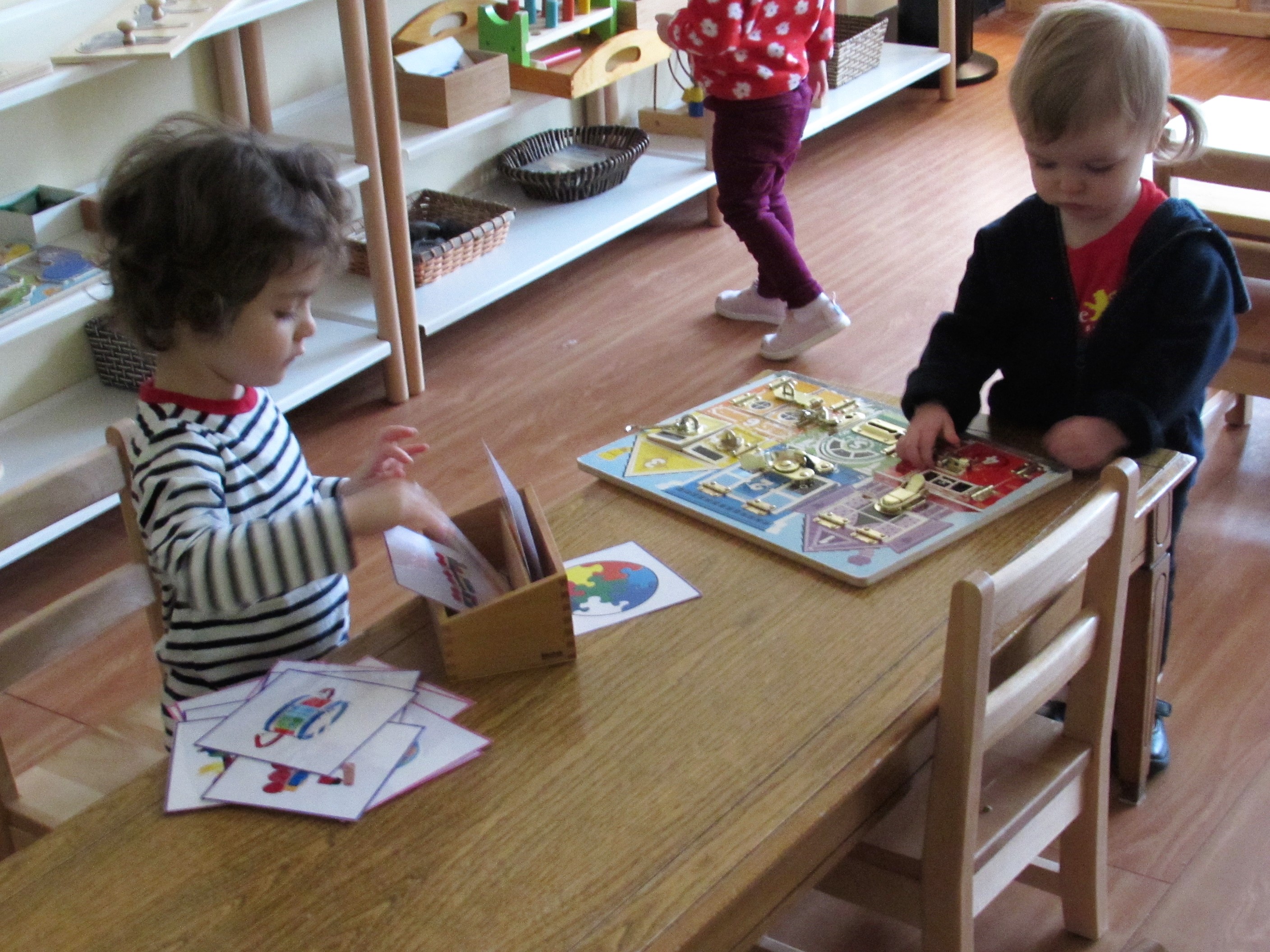
Casa:

Casa South: The Knobless Cylinders are a material found in the Sensorial Area of the Montessori classroom.
The Knobless Cylinders are an opportunity to grade, explore, and design with a material they’ve already worked with, the Cylinder Blocks. The Cylinders Blocks have a control of error within the material, a specific slot for a specific cylinder so it will end up in the right order. The Knobless Cylinders ask the children to use their internal sense of order and control of error to grade them the way that seems most fitting and satisfying.

After working with the material the children are shown how to design with the material: spirals, towers, and so much more.

This material allows them to use their sense of order, size, shape and colour, explore surface and height, develop their aesthetic sense. One material with so many levels, certainly not just building blocks!

Don’t forget about the Casa Show and Share next Thursday, 3:30-4:30, where you may get a chance to see this and other Montessori materials in action.


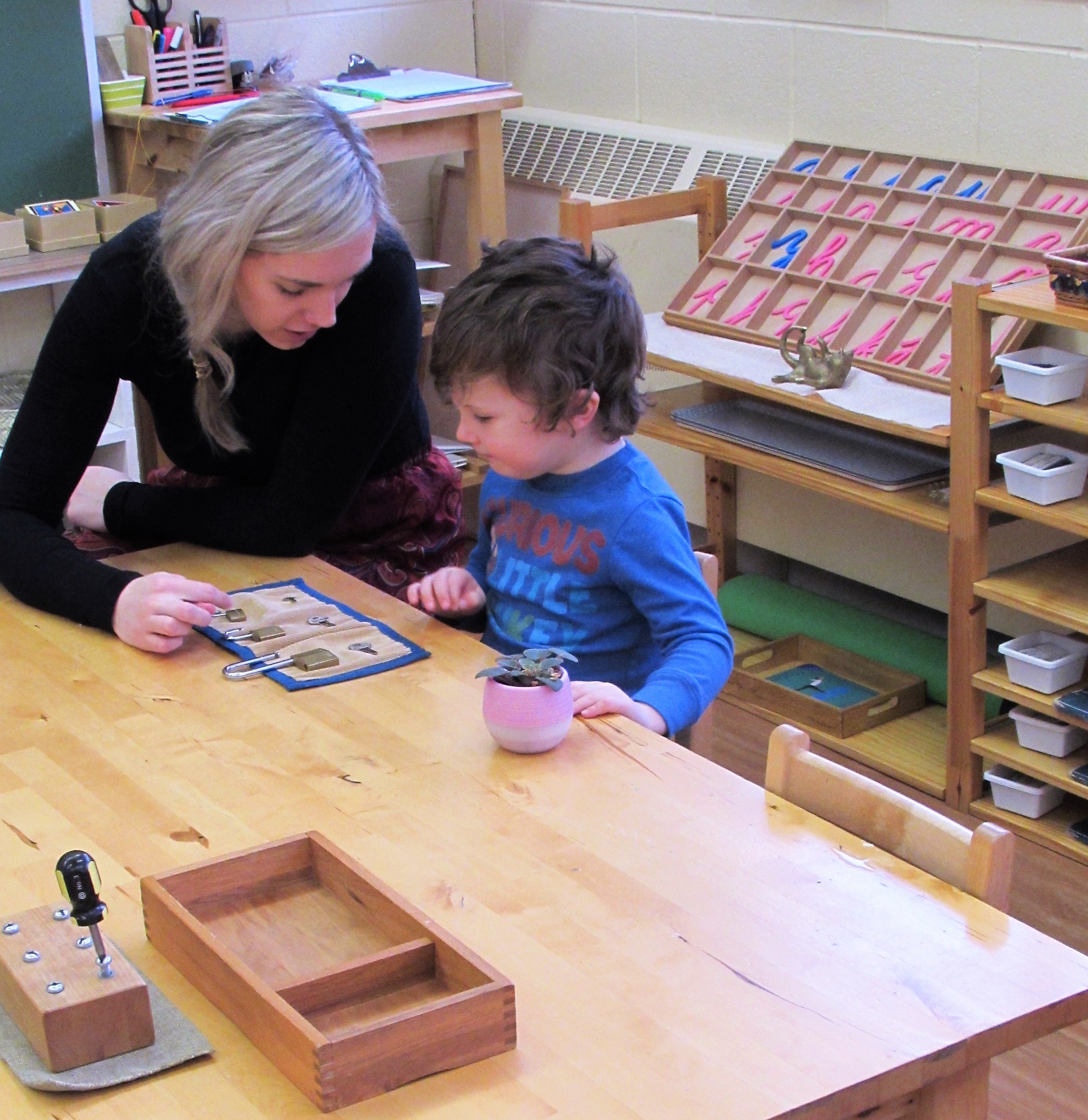
Casa North: In the Montessori curriculum, we show the children writing before reading. There can be quite a weight on children to learn to read — they know what it means, and it can seem a little bit daunting. For this reason, we want to make sure that the child is introduced to Sandpaper Letters to gain a solid understanding of the phonetic sounds the symbols represent. Once they demonstrate an ability to recall these symbols, we show them the Large Moveable Alphabet. This is a material that allows them to write words with the sounds they know. We aren’t focused on spelling, grammar, or punctuation at all during the Casa years! We just want to support them as they get out the thoughts they have and represent them in written form.
After much practice with the Large Moveable Alphabet, I will show the child the Phonetic Object Box. Here, I will have a discussion about each individual (very cute) object so the child is sure to know what the objects are called. I then tell the child I’m going to write some labels, and invite them to “help me to place them where they belong,” ensuring I’m not asking them to read. The child will sound out the labels I write, and place the labels with the corresponding objects. This is one of my favourite presentations to give, as it is almost always met with pure joy upon the child realizing they can read! A major purpose of this material is to provide the child with the confidence to take on the reading that will come next.
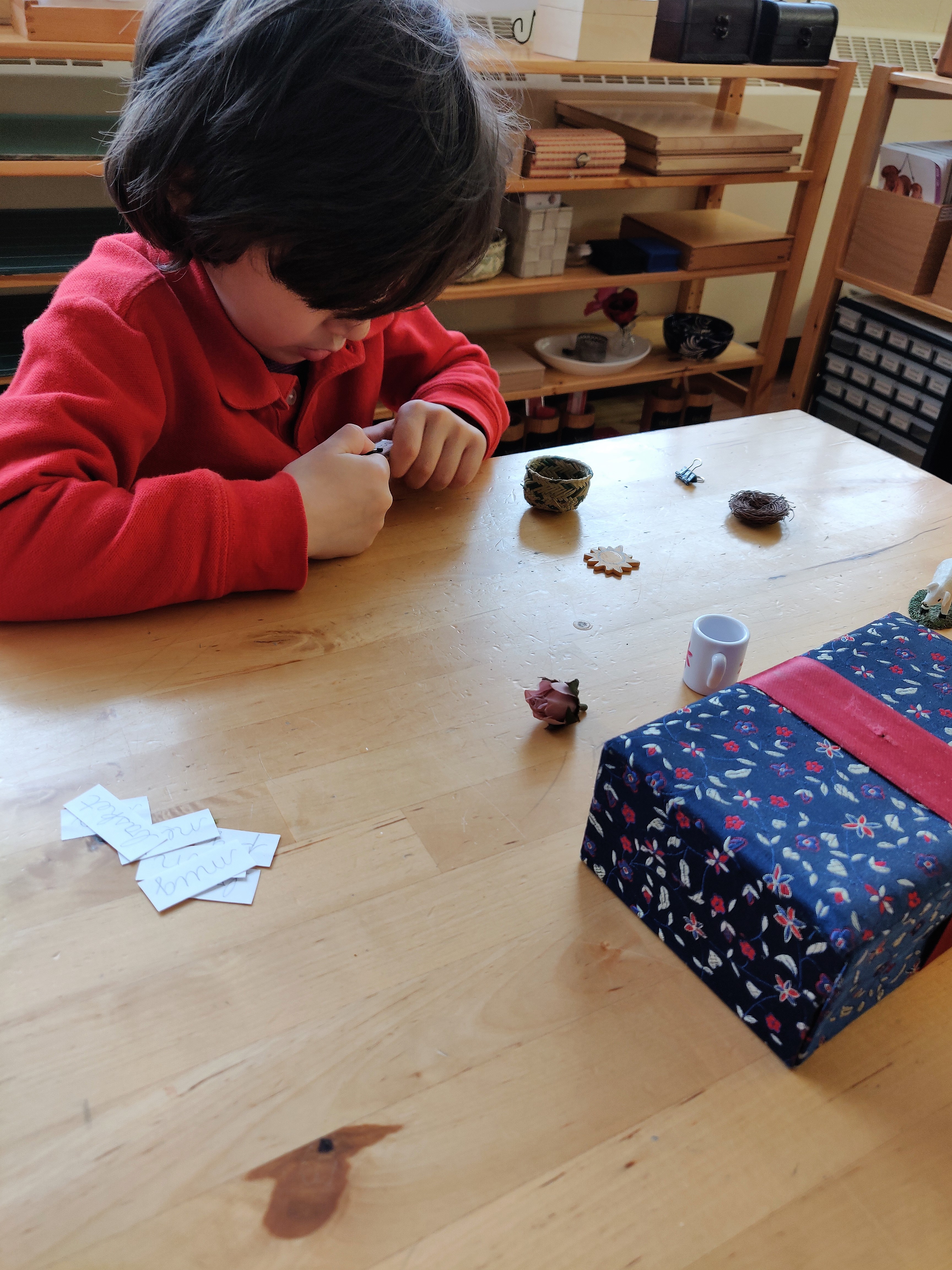
After the Phonetic Object Box, we introduce the child to the Phonetic Cards — many cards with printed words that allow for much reading practice without the many tricks that the English language contains.
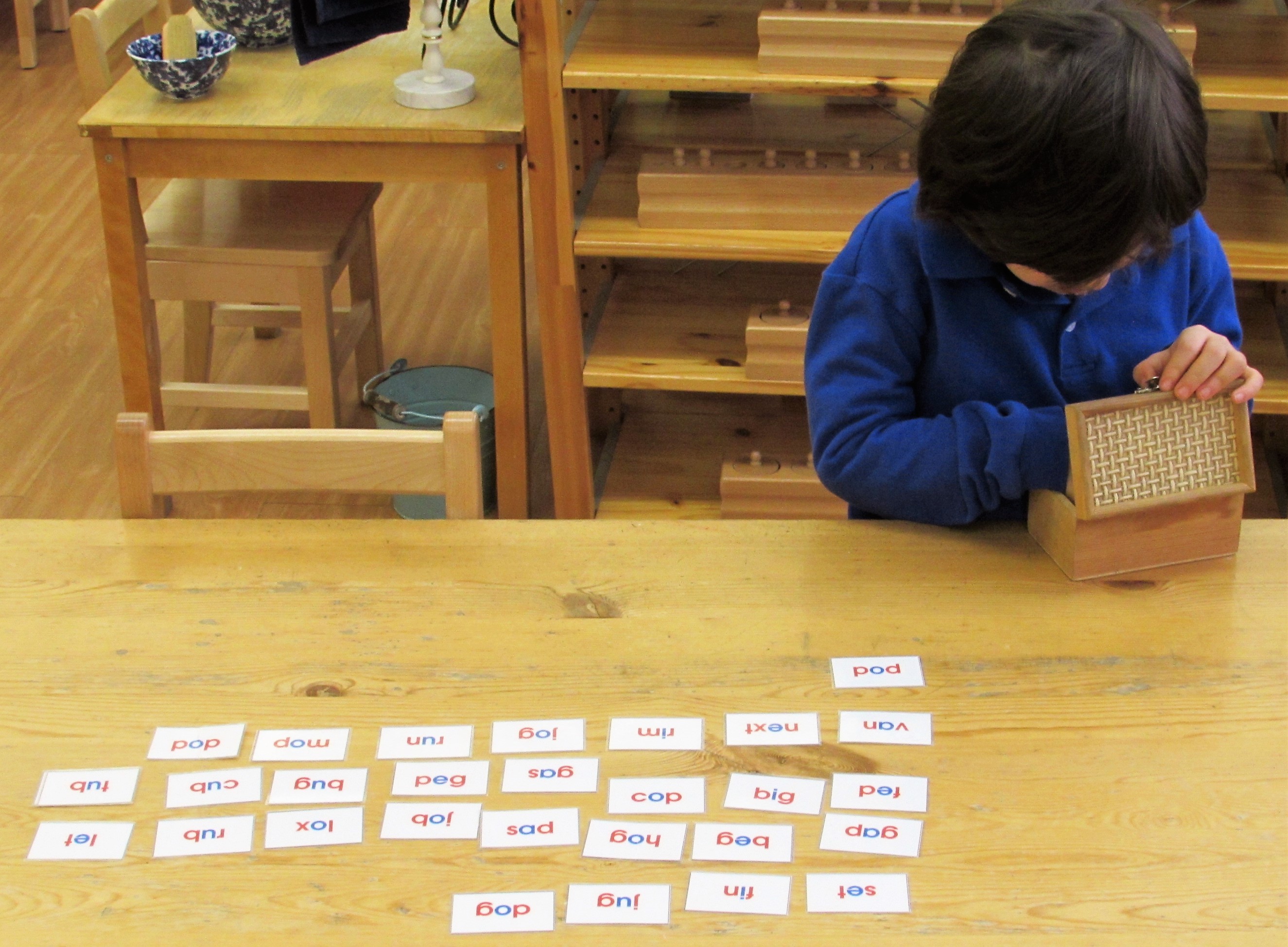
The Language Area is set up to prepare the child to be successful, confident, and independent with his or her learning. This is consistent within the rest of the environment, and yet another reason why I love what I do.
Thank you for attending our Parent Education evening this week — we look forward to seeing even more of you at our next one!
Don’t forget about the Casa Show and Share next Thursday, 3:30-4:30, where you may get a chance to see this and other Montessori materials in action.

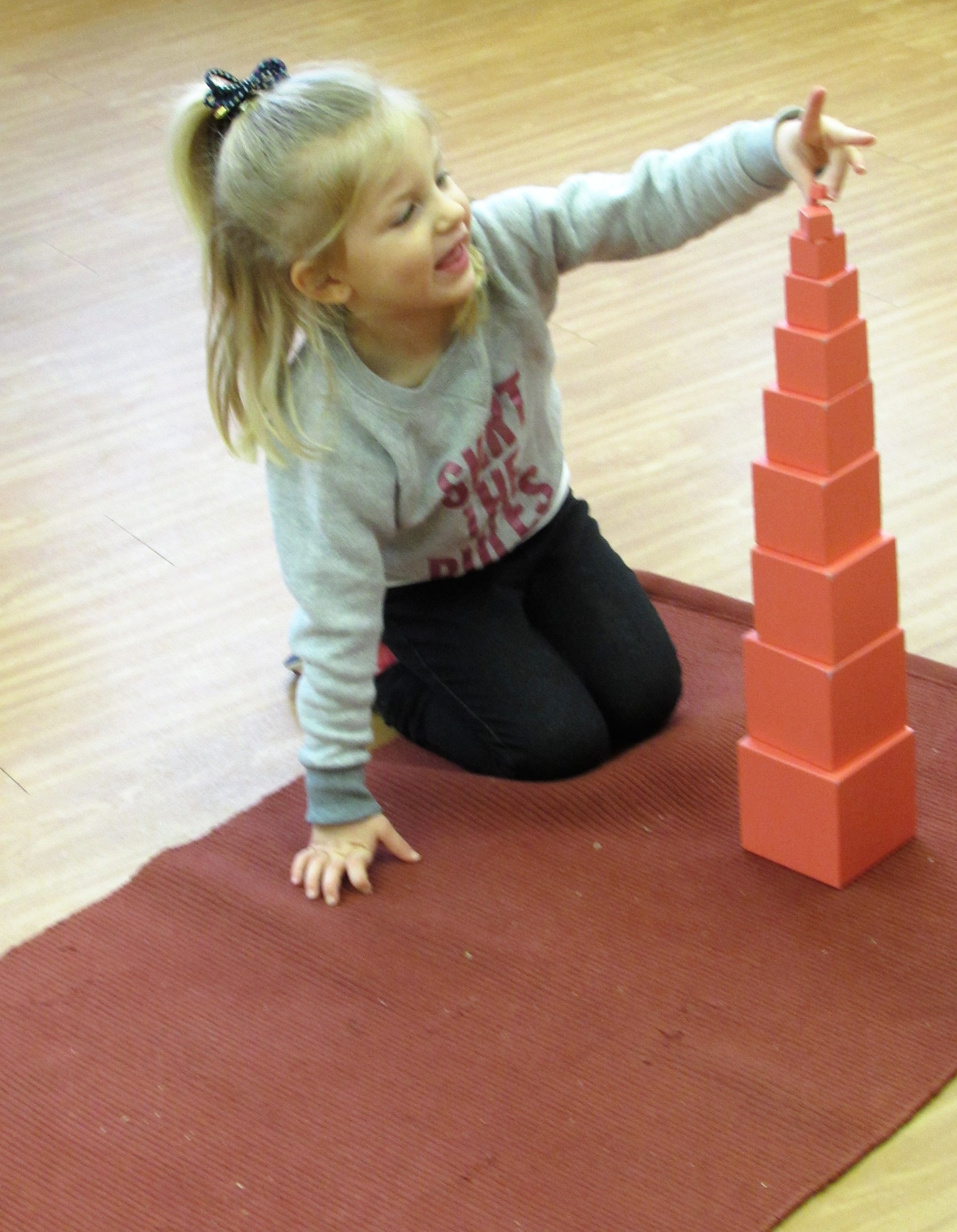
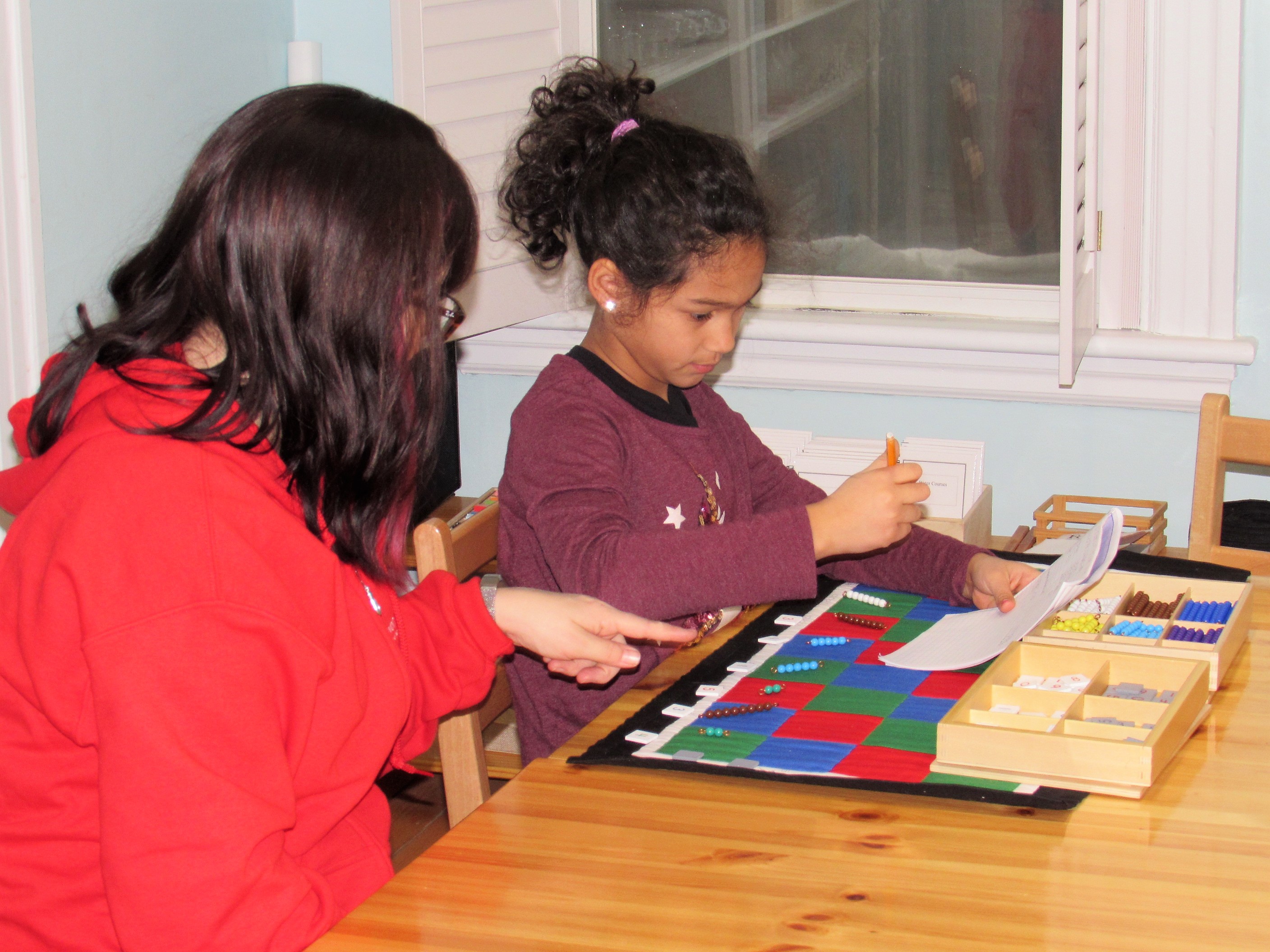
Elementary:
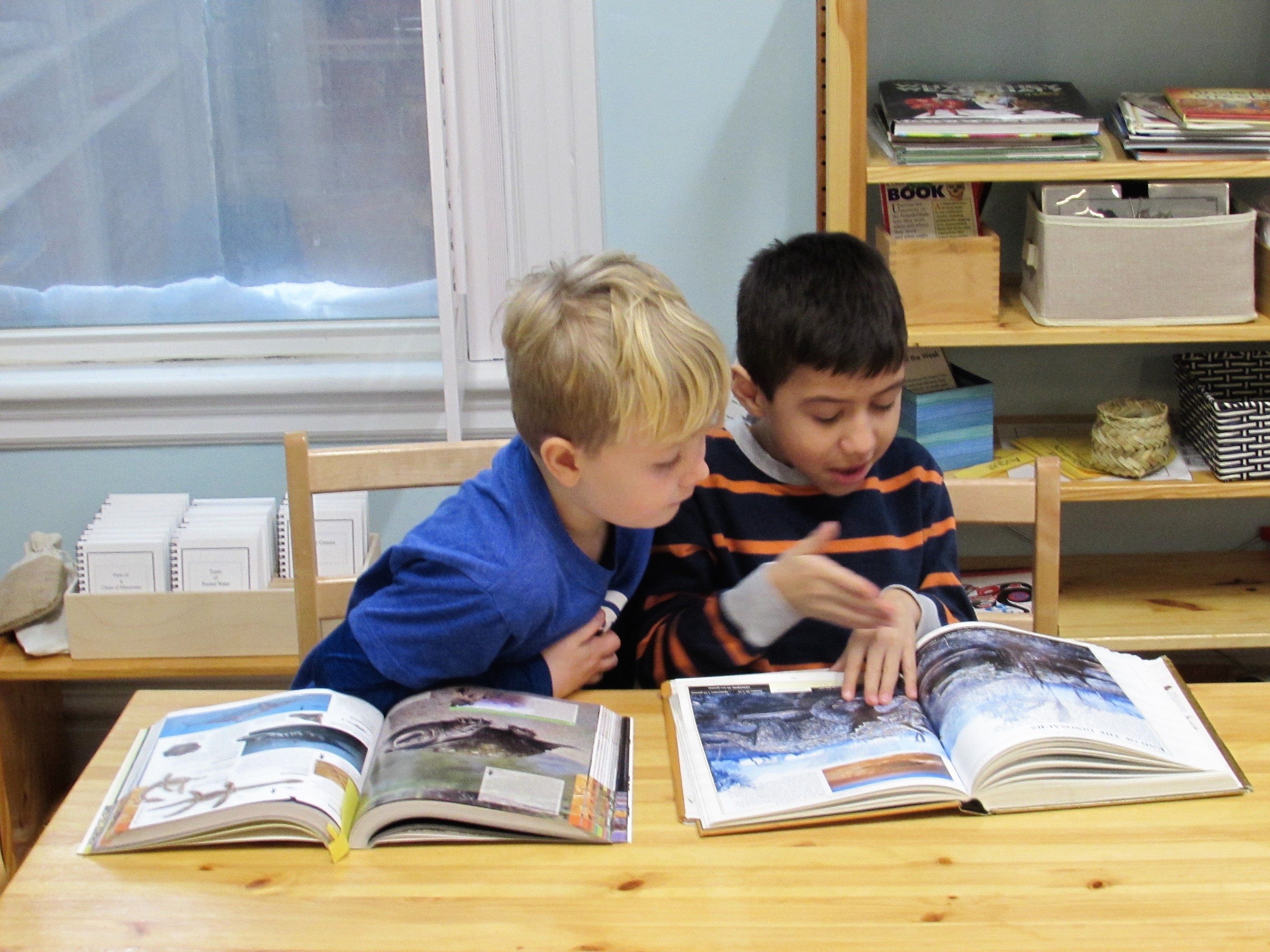
One of the students’ most beloved materials in the Elementary classroom is the Montessori Chequerboard. Dr. Montessori imagined a game board for long multiplication in which the squares were colour-coded by their categories (green for units, blue for tens, and red for hundreds), and this pattern would repeat through ascending number families (the simple family, the thousands, and the millions). The first horizontal row would be used to multiply by one digit, the second by two, and so on.
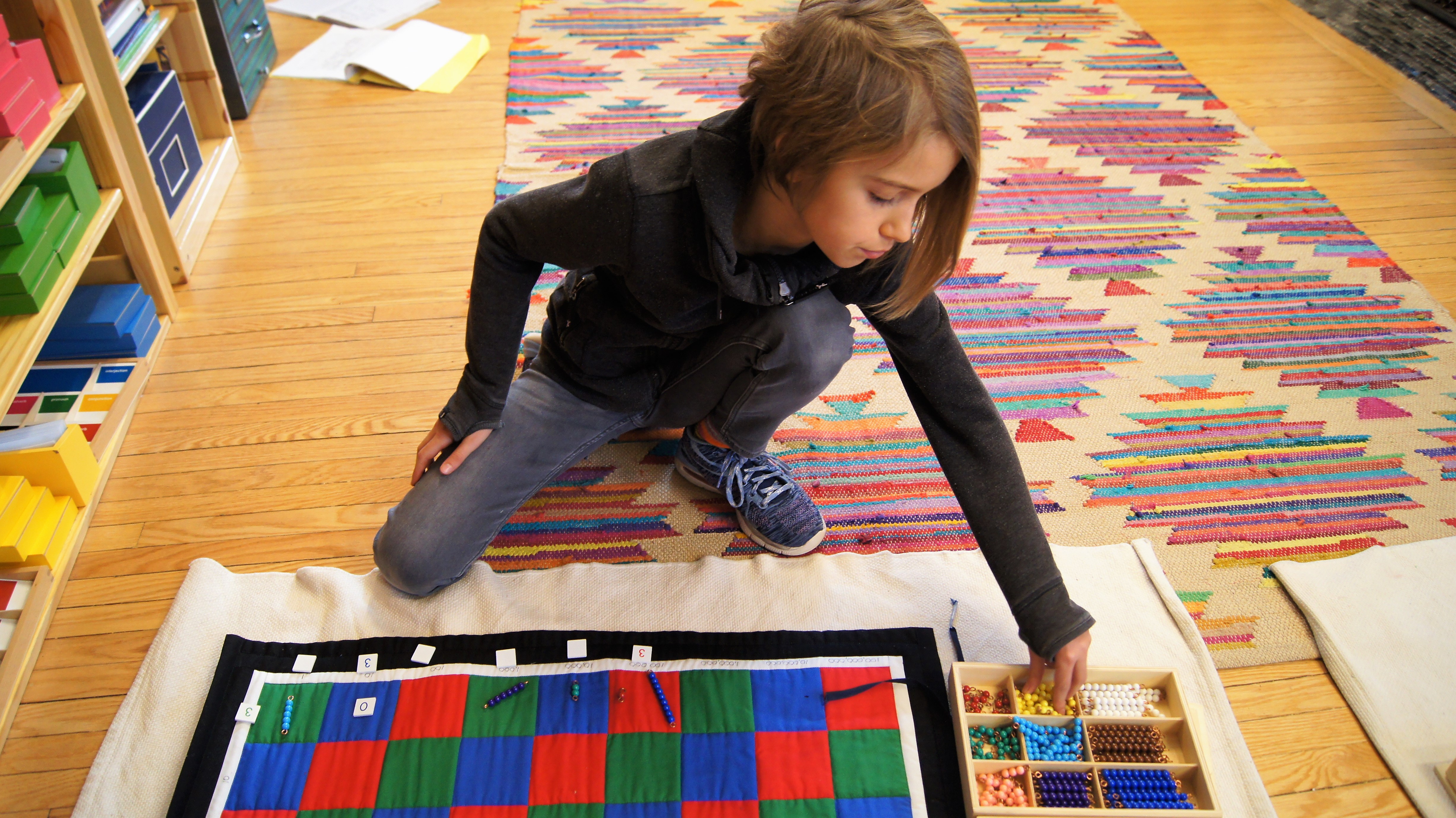
Expanding upon the young child’s prior experience with coloured bead bars for building teen numbers and skip-counting chains, those bead bars could now be placed within a colour-coded square to assign value to any category.
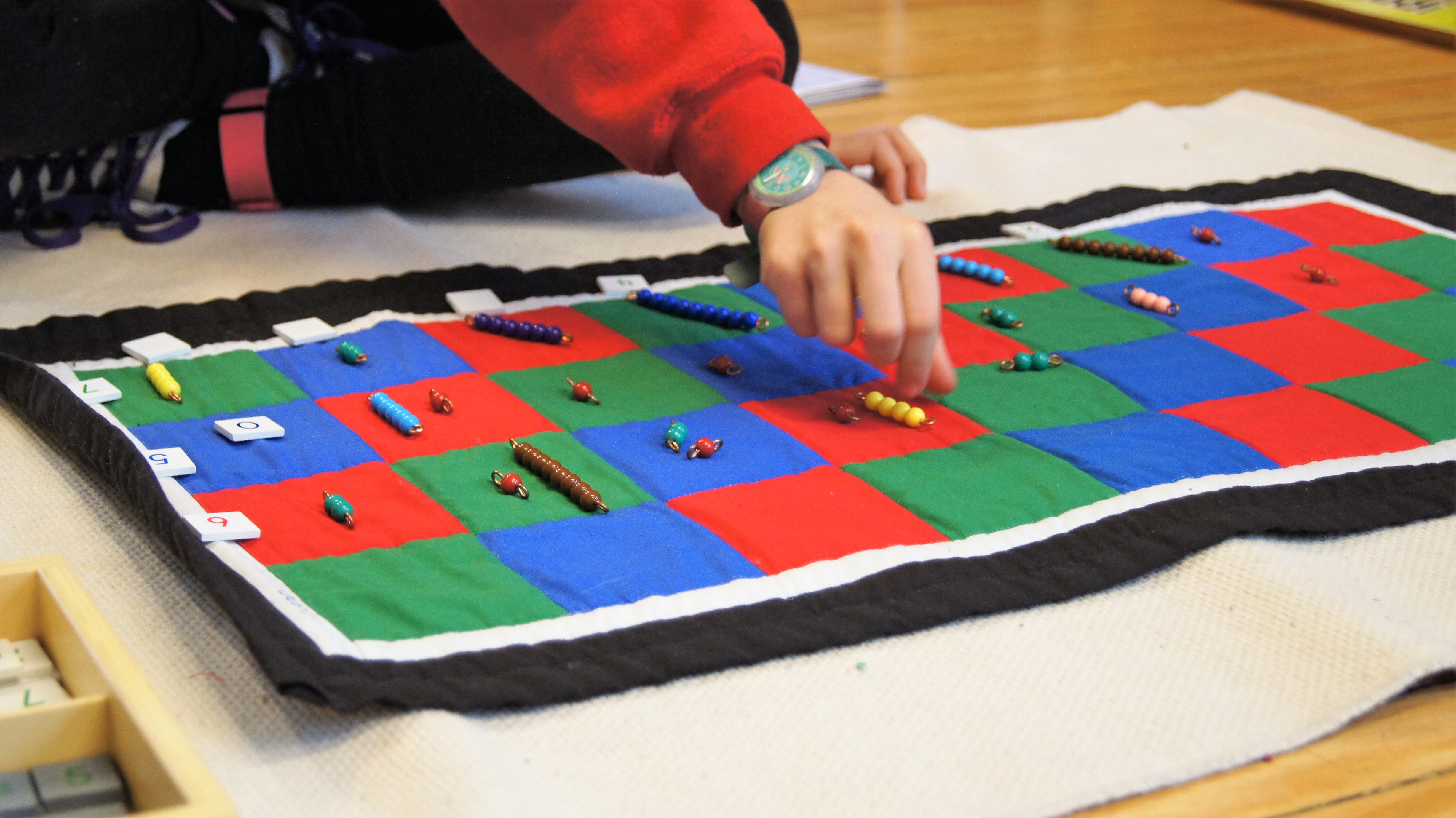
Young students who have gained experience with simple multiplication learn to make and read numbers into the hundred millions on the Chequerboard. The next step is to learn to multiply by a single digit, and then how to represent exchanges between categories when multiplying produces more than 10 in that place. This work may be undertaken for a few weeks or a few months before mastery is attained.

By the age of 9, most students have sufficient imagination and intellect to take on a greater challenge. The fourth step is work with a two-digit multiplier, creating partial products with bead bars, and combining them to find the final product. As students memorize and apply times table facts the process is streamlined, and less beads are used for counting and exchanging. As the child’s facility with both facts and process develop, they are empowered to increase their multiplier into the hundreds or even thousands range. There is no number too large to multiply!
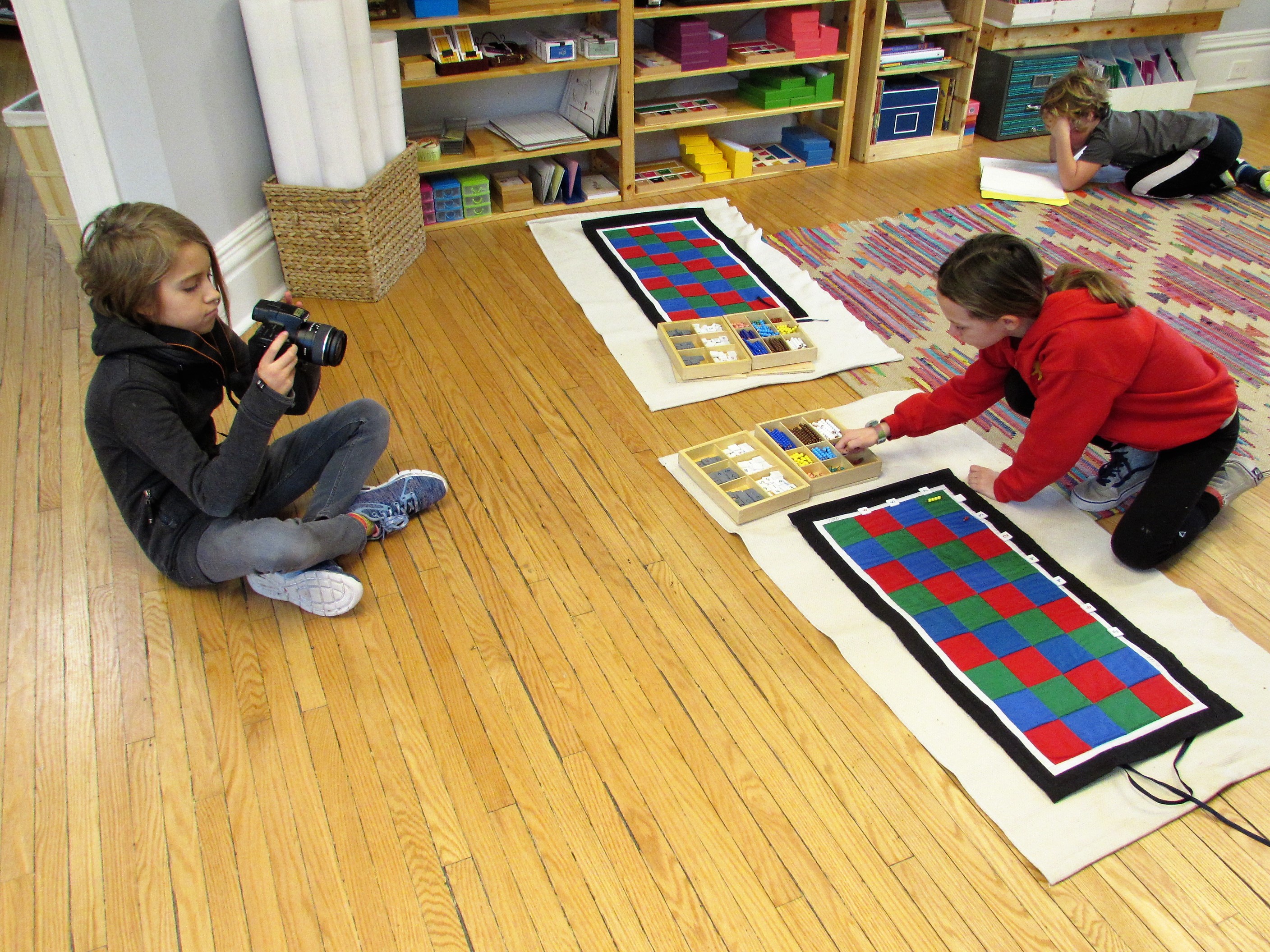
In other news, the Lyonsgate Elementary class will be participating again in the MS Read-a-Thon in support of the Multiple Sclerosis Society of Canada. The Read-a-Thon will run from Monday, January 28, through Thursday, February 14. Pledge sheets are coming home and details about the online component will follow next week.
Don’t forget: on Monday, all Elementary students need to bring a Show-n-Tell item to bring to Aberdeen Gardens next Wednesday. This should be an item they can discuss and demonstrate with/to the residents. Awards and trophies, science-y items, things they have made, or even something to perform — dance, instruments, etc.
Finally, on Thursday, February 14, from 3:30 – 4:00 in the Sanctuary at the Primary Campus, the Elementary students will be presenting French plays that they have been working on this term. We hope as many of you as possible can make it. PLEASE NOTE: there is NO pick-up at the Locke St. Elementary campus that day.
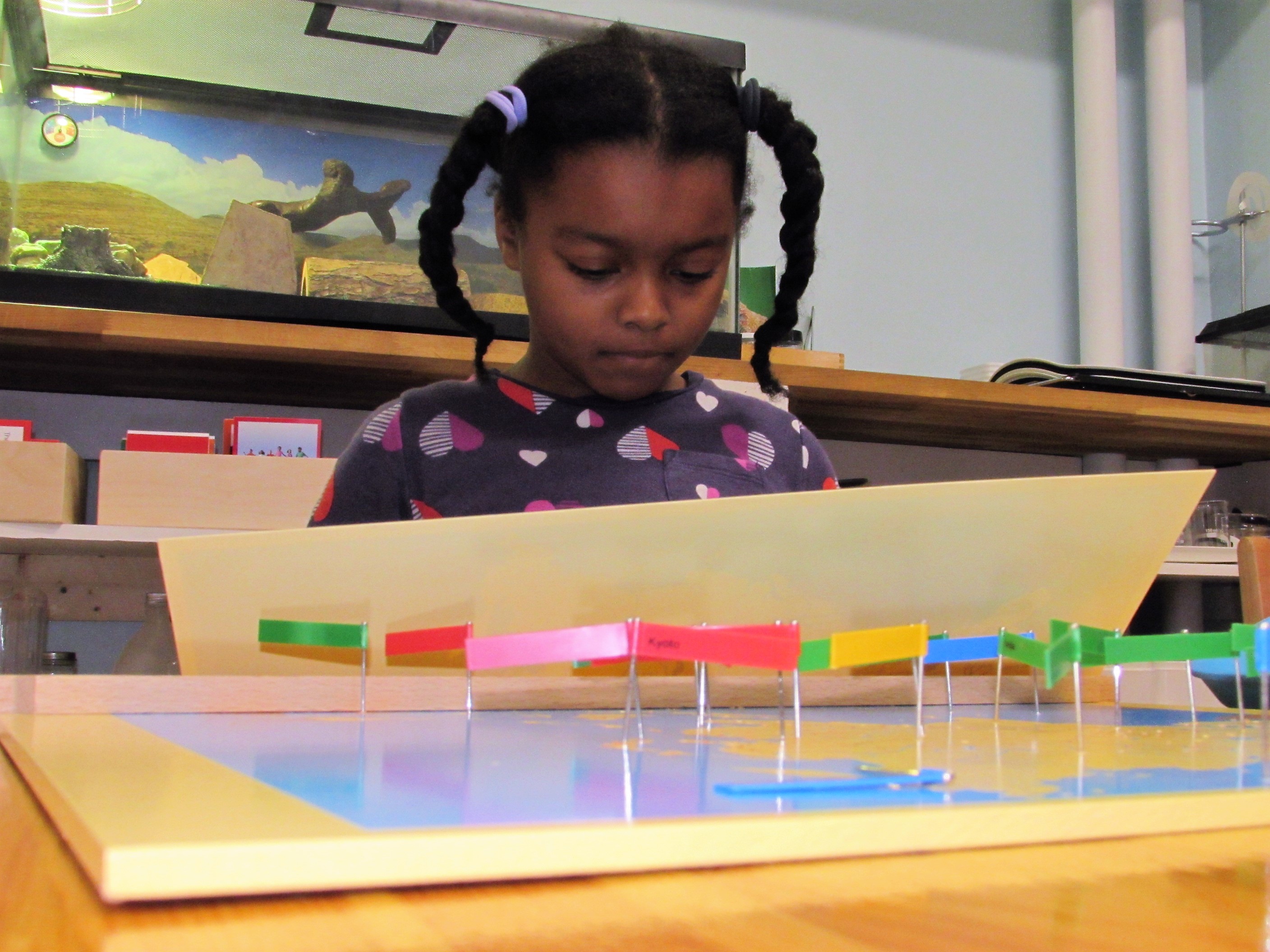
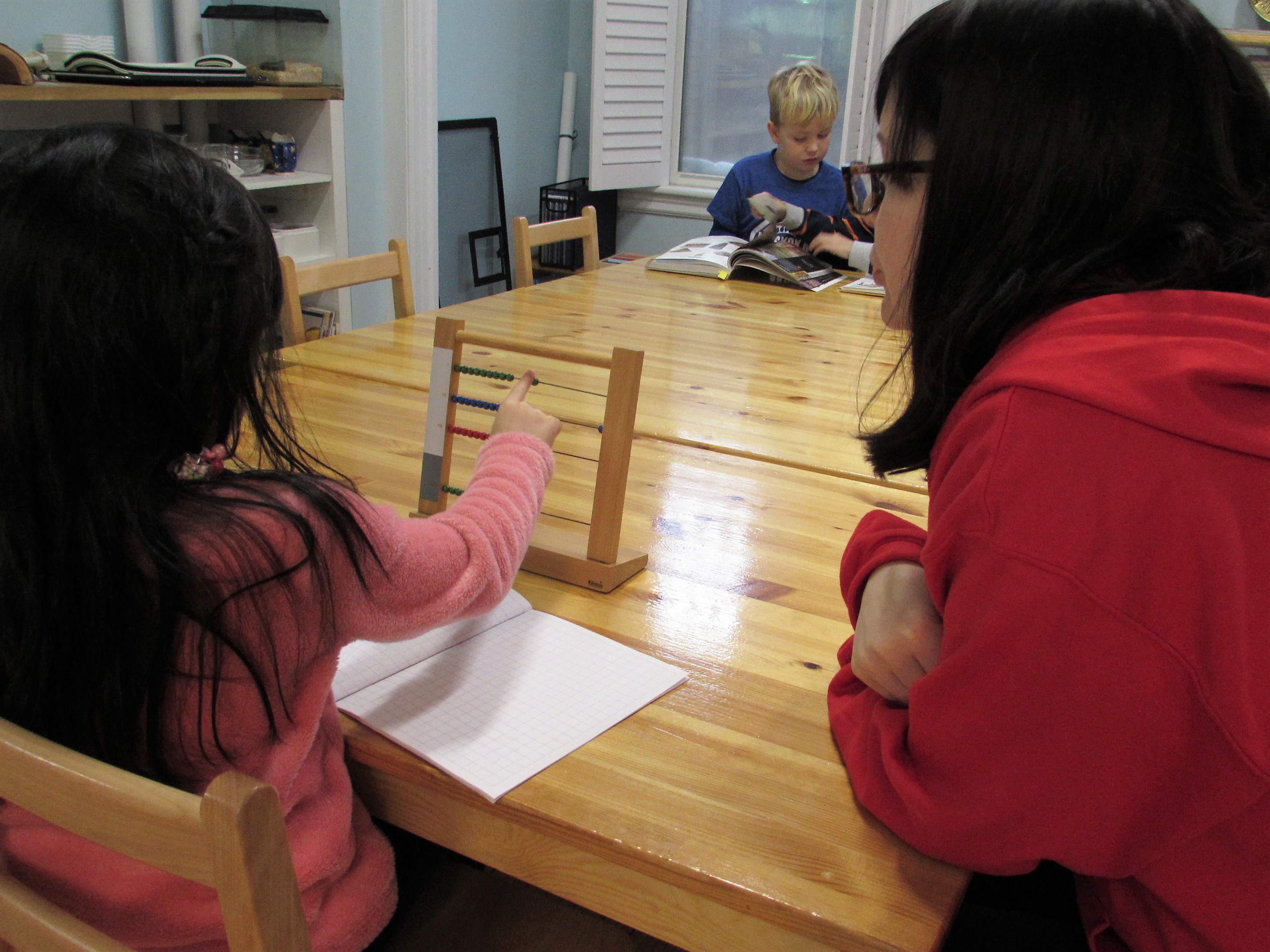
Next Week:
There are things happening at each Montessori level next week:
- Toddler Show and Share will take place from 3:30-4:00 on Thursday, Jan. 31, in the Toddler classroom.
- Casa Show and Share runs a little bit longer, from 3:30-4:30, also on Thursday, Jan. 31, in your child’s Casa classroom. In order to give your child enough time to show and share all the things they want to, please plan to arrive no later than 4:15.
- Elementary parents, your children’s progress reports will be coming home on Thursday, Jan. 31. Check those backpacks ;).
